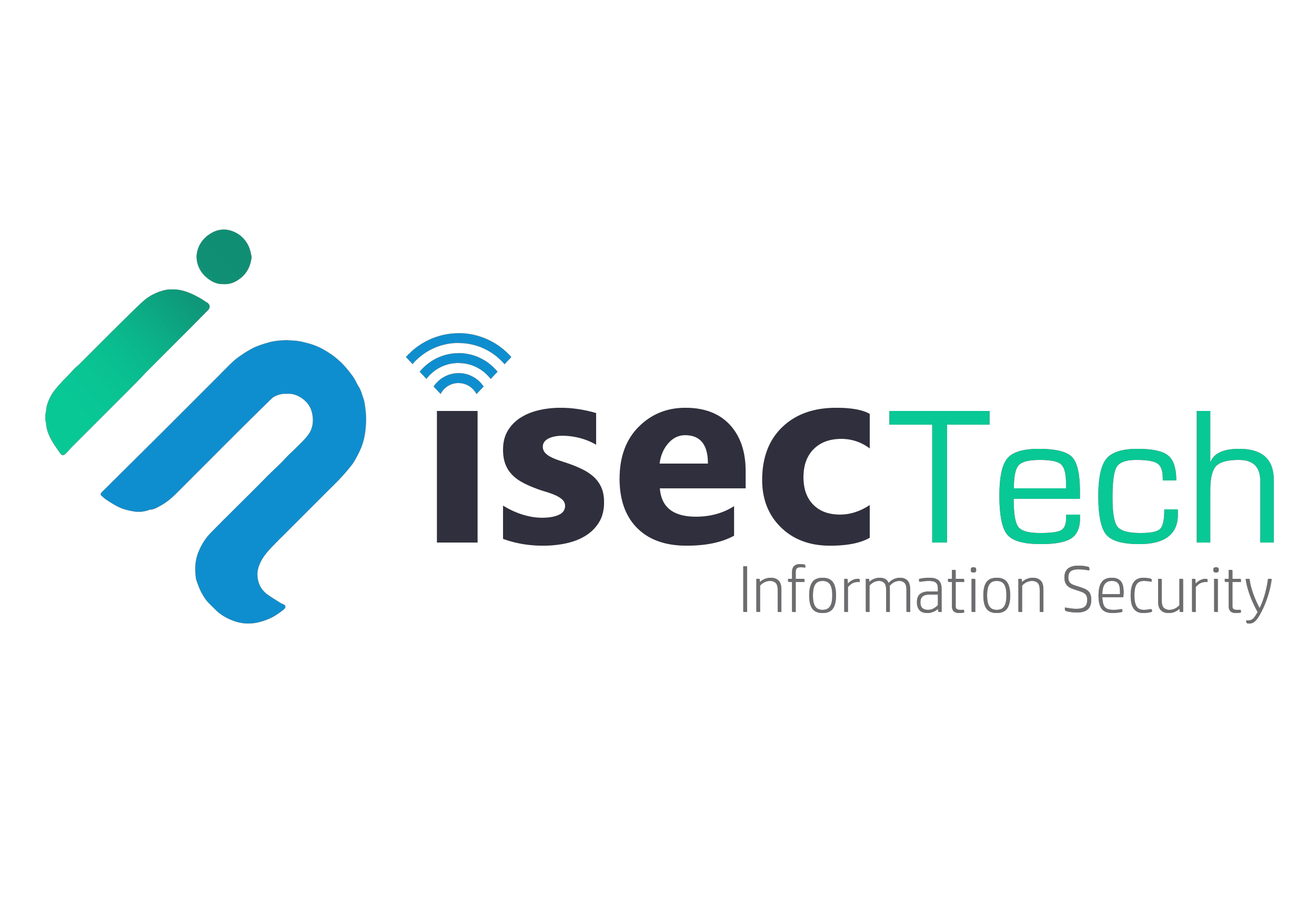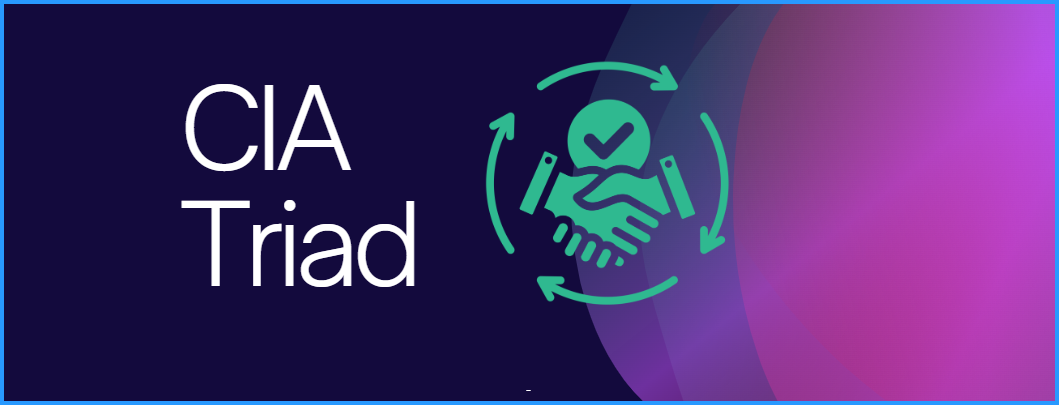The CIA Triad—Confidentiality, Integrity, and Availability—is at the heart of effective cybersecurity. Below, we provide a breakdown of each component, offering clear, actionable strategies to ensure a strong security posture.
1. Confidentiality: Preventing Unauthorized Access
Confidentiality focuses on protecting sensitive information from unauthorized disclosure. To maintain confidentiality, organizations must apply a combination of technical controls and staff awareness. Here’s how:
Access Controls
- Least Privilege Principle: Grant users only the minimum access rights necessary for their roles, reducing exposure to sensitive data.
- Role-Based Access Control (RBAC): Assign permissions based on job functions instead of individual users, simplifying access management.
- Regular Permission Audits: Periodically review and adjust access levels to eliminate outdated or unnecessary privileges.
Encryption
- Data at Rest: Encrypt data stored on servers, databases, and cloud storage using strong algorithms (e.g., AES-256).
- Data in Transit: Use protocols like TLS, HTTPS, and VPNs to encrypt data during transmission, preventing interception.
- Encryption Key Management: Securely store and manage encryption keys using dedicated hardware or cloud-based solutions to prevent unauthorized decryption.
Employee Training & Awareness
- Security Awareness Programs: Educate staff about phishing, social engineering, and safe data handling practices.
- Phishing Simulations: Conduct regular phishing tests to reinforce cautious behavior.
- Clear Data Handling Policies: Define how sensitive information must be accessed, shared, and disposed of securely.
Additional Confidentiality Measures
- Zero Trust Architecture: Require authentication and authorization for every access request, eliminating implicit trust.
- Data Masking & Tokenization: Replace sensitive data with masked values or tokens in non-production environments.
- Endpoint Security: Protect devices with antivirus, encryption, and device control to prevent unauthorized access.
2. Integrity: Ensuring Data Accuracy and Trustworthiness
Integrity guarantees that information remains accurate, consistent, and free from unauthorized alterations. The following strategies ensure strong data integrity:
Hashing & Digital Signatures
- Checksums & Hash Functions: Apply algorithms like SHA-256 to verify data consistency and detect tampering.
- Digital Signatures: Use public key cryptography to authenticate data origin and confirm its integrity.
Audit Logs & Monitoring
- Comprehensive Audit Trails: Record all data access and modification events, providing an immutable log.
- Real-Time Monitoring: Implement SIEM tools to monitor, alert, and respond to suspicious activities impacting data integrity.
Version Control & Backup Systems
- Version Control Systems: Manage document, file, and code changes, allowing rollback to previous states when necessary.
- Regular Data Backups: Perform backups to safeguard against corruption, ransomware, or accidental deletion.
Secure Communication Protocols
- Ensure the use of encrypted channels (e.g., SSL/TLS, VPN) to maintain the integrity of data during transmission.
Strict Change Control Procedures
- Apply formal change control policies to review, test, and approve modifications to critical systems and databases.
3. Availability: Guaranteeing Reliable Access to Information
Availability ensures authorized users can reliably access information and systems when needed. Below are proven strategies to achieve high availability:
Redundancy & Failover Solutions
- Redundant Hardware: Deploy multiple servers, power supplies, and storage systems to eliminate single points of failure.
- Failover Clustering: Configure automatic failover systems to maintain services during hardware or software failures.
Backup & Disaster Recovery Planning
- Regular Data Backups: Schedule frequent backups to protect against data loss due to attacks or technical failures.
- Disaster Recovery Testing: Regularly test recovery plans to ensure quick restoration of services after an incident.
Network Security & DDoS Mitigation
- Firewalls & Intrusion Prevention Systems: Secure network access to prevent service disruptions.
- DDoS Protection Services: Utilize tools like Cloudflare or AWS Shield to defend against distributed denial-of-service attacks.
Patch Management & System Updates
- Automated Patch Management: Apply security updates promptly to prevent exploit-based outages.
- Scheduled Maintenance Windows: Conduct maintenance at off-peak hours to minimize user impact.
Monitoring & Incident Response
- 24/7 System Monitoring: Use real-time monitoring tools to detect potential downtime threats.
- Incident Response Plans: Prepare predefined procedures for handling outages or attacks quickly.
Conclusion
Successfully implementing the CIA Triad requires organizations to apply a combination of technical controls, employee training, and continuous monitoring. By following these detailed strategies for Confidentiality, Integrity, and Availability, businesses can create a resilient cybersecurity framework capable of withstanding modern threats.

